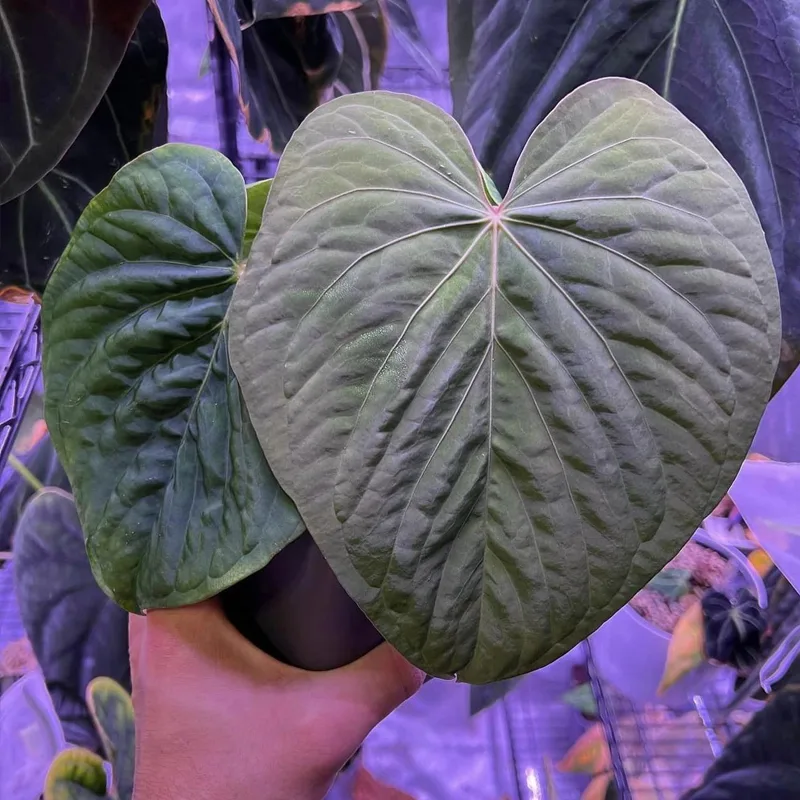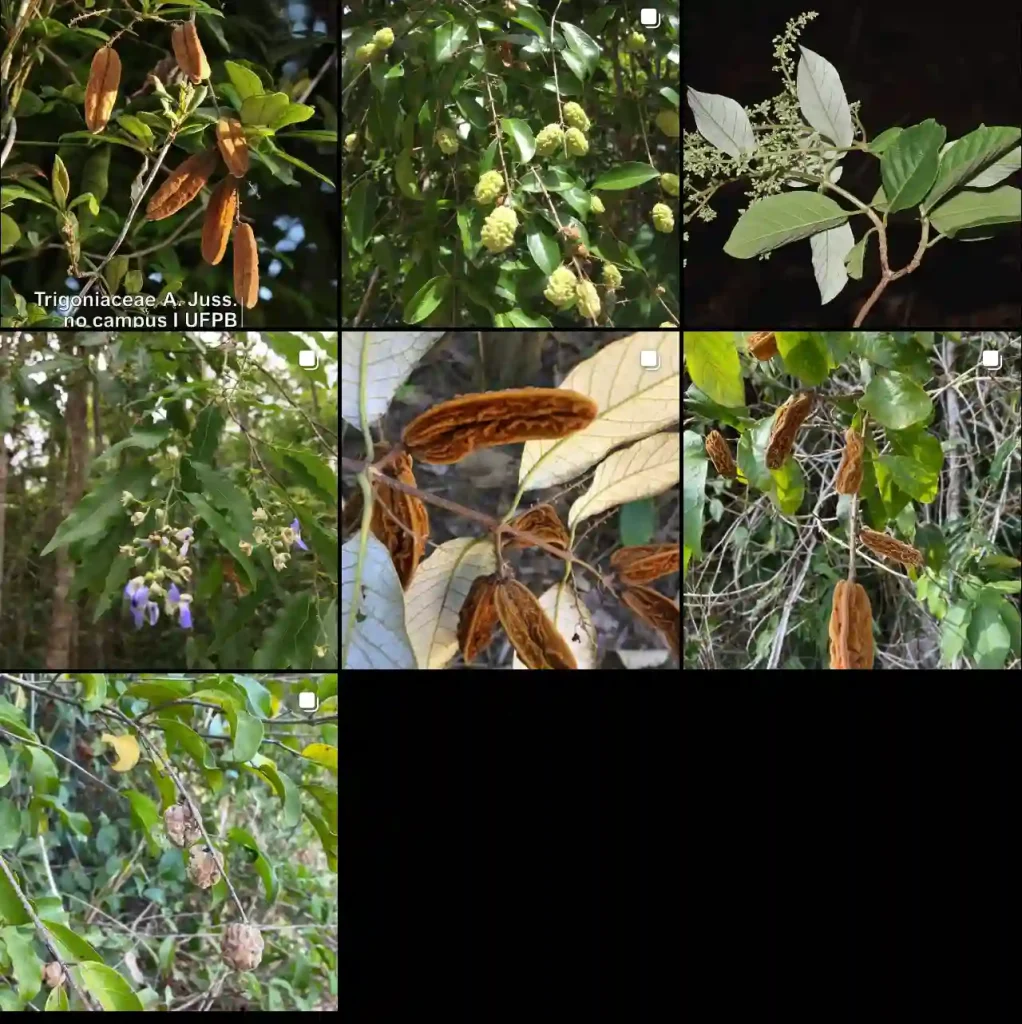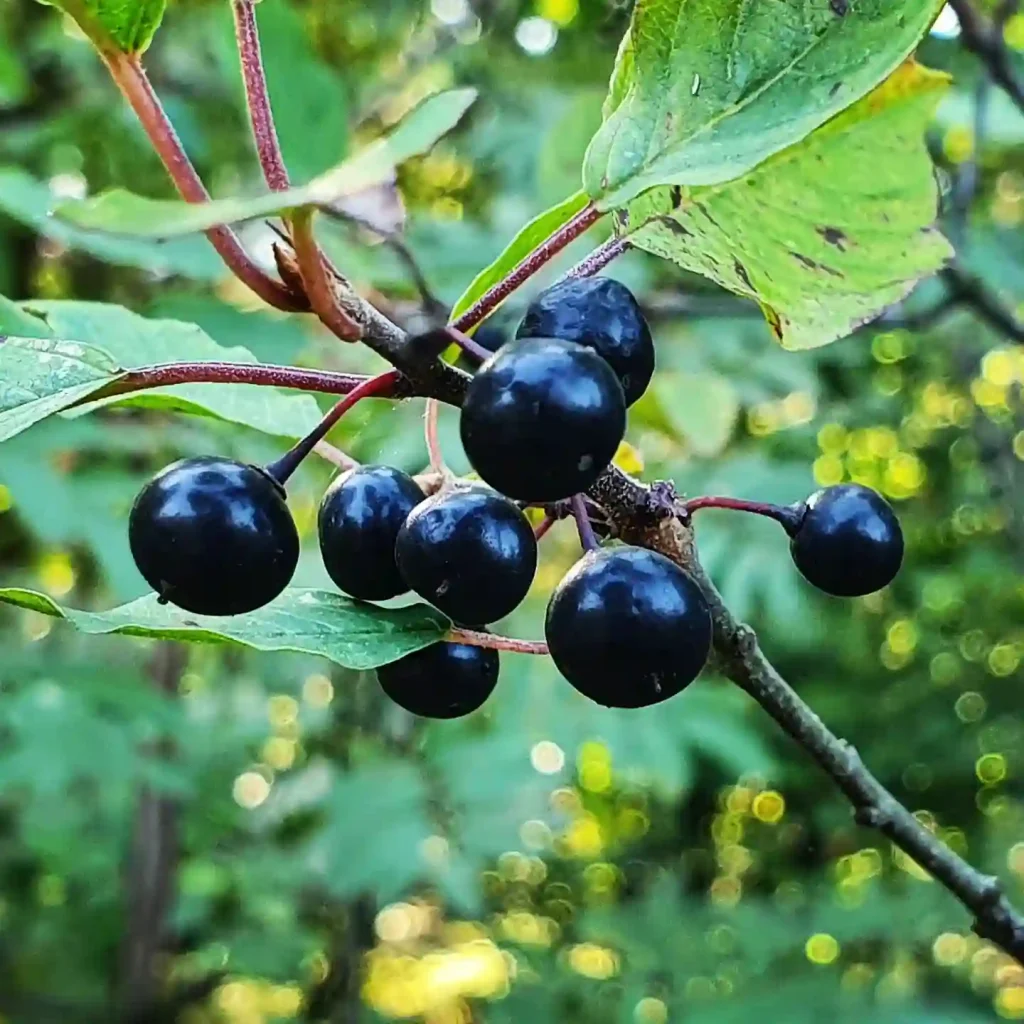What is Celtis Jessoensis?
Celtis Jessoensis, commonly known as Jessoensis Hackberry, is a deciduous tree native to Asia. It is known for its resilience and adaptability to various soil conditions and climates. This species belongs to the Ulmaceae family, which also includes elms. The Jessoensis Hackberry features a broad, rounded canopy with serrated, dark green leaves that turn yellow in autumn. Its bark is distinctive, with a rough texture and a grayish-brown color, adding to its ornamental value.
68 Species in Genus Celtis
How to Care for Celtis Jessoensis?
Caring for Celtis Jessoensis is relatively straightforward, making it a great choice for both novice and experienced gardeners. Here are some key care tips:
- Light: This tree thrives in full sun to partial shade. It can handle a variety of light conditions, but for optimal growth, provide it with at least six hours of direct sunlight daily.
- Soil: Celtis Jessoensis is not particularly fussy about soil. It prefers well-draining soil but can tolerate a range of soil types, including sandy, loamy, and clay soils. Ensure the soil is kept moderately moist, especially during dry periods.
- Watering: Regular watering is essential, especially during the tree’s first few years. Once established, it is relatively drought-tolerant. Water deeply and infrequently to encourage deep root growth.
- Fertilizing: Fertilize the tree once a year in early spring using a balanced fertilizer. Avoid over-fertilizing, as this can lead to excessive leaf growth and reduced flowering.
- Pruning: Prune Celtis Jessoensis in late winter or early spring before new growth begins. Remove any dead, damaged, or crossing branches to maintain a healthy structure. Regular pruning helps to enhance the tree’s shape and overall health.
How to Propagate Celtis Jessoensis?
Propagation of Celtis Jessoensis can be achieved through seeds or cuttings. Here’s a step-by-step guide for each method:
- Seeds: Collect seeds in late fall. Soak them in water for 24 hours to soften the seed coat. Then, stratify the seeds by placing them in a moist medium and refrigerating them for 30 days. After stratification, sow the seeds in a seed tray filled with a well-draining potting mix. Keep the soil moist and warm until germination occurs, which typically takes a few weeks.
- Cuttings: Take semi-hardwood cuttings from the tree in late summer. Use a clean, sharp knife to cut a 4-6 inch segment from the end of a healthy branch. Remove the lower leaves and dip the cut end in rooting hormone. Plant the cutting in a pot filled with a mixture of peat and perlite. Keep the cutting in a warm, humid environment until roots develop, usually within 4-6 weeks.
What to Plant with Celtis Jessoensis?
Celtis Jessoensis pairs well with various plants due to its adaptable nature. Consider the following companions:
- Understory Plants: Shade-tolerant plants like hostas, ferns, and astilbes work well under the canopy of a mature Celtis Jessoensis. They thrive in the dappled shade created by the tree’s branches.
- Ground Cover: Low-growing ground covers such as creeping thyme or vinca can help suppress weeds and provide a lush carpet beneath the tree.
- Ornamental Grasses: Grasses like fountain grass or blue fescue add texture and movement to the landscape around the tree.
- Flowering Plants: Combine Celtis Jessoensis with flowering perennials like coneflowers, daylilies, or black-eyed Susans to create a vibrant and diverse garden space.
Is Celtis Jessoensis Toxic?
Celtis Jessoensis is not considered toxic to humans or pets. It is safe to include in gardens where children and animals play. However, as with any plant, ingestion of large quantities might cause minor digestive upset, so it’s always best to discourage eating non-food plants.
Benefits of Celtis Jessoensis
Celtis Jessoensis offers several benefits:
- Shade: Its broad canopy provides excellent shade, making it an ideal choice for cooling garden areas and reducing energy costs in nearby buildings.
- Wildlife: The tree attracts birds and insects, providing habitat and food sources for local wildlife.
- Aesthetic Appeal: With its attractive foliage, unique bark, and seasonal color changes, Celtis Jessoensis adds beauty and interest to landscapes year-round.
Common Problems with Celtis Jessoensis
While Celtis Jessoensis is generally low-maintenance, it can encounter a few issues:
- Pests: Look out for aphids and scale insects, which can sometimes infest the tree. Regular inspections and appropriate treatments can manage these pests effectively.
- Diseases: Although rare, the tree may be susceptible to fungal diseases such as powdery mildew. Ensure proper air circulation around the tree and avoid overhead watering to minimize disease risk.
Comparing Celtis Jessoensis to Other Similar Trees
When comparing Celtis Jessoensis to similar trees, consider:
- Celtis Sinensis: Known as the Chinese Hackberry, Celtis Sinensis is similar but tends to be smaller and has a different leaf texture. Celtis Jessoensis is generally preferred for its larger size and more rugged bark.
- Ulmus Parvifolia: The Chinese Elm is another alternative with similar aesthetic qualities but requires more specific soil conditions compared to the versatile Celtis Jessoensis.
In conclusion, Celtis Jessoensis is a versatile and attractive tree that suits a variety of garden settings. With its ease of care, adaptability, and aesthetic appeal, it’s a great choice for adding beauty and functionality to any landscape.
If i die, water my plants!



